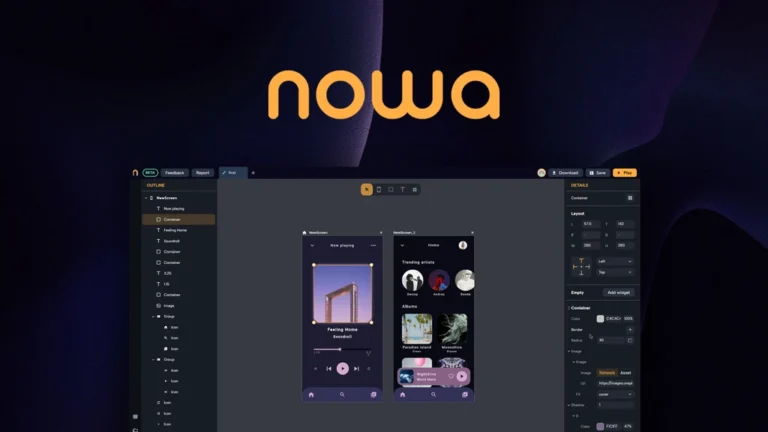Developing a mobile or web application is a process that requires clear communication between the Principal and the development team. A well-prepared summary is key to success, as it avoids confusion, saves time, and minimizes the risk of errors. So, how do you create an effective summary for Software house? Here are the most important elements that it should contain.
1. Introduction and purpose of the project
First, you should briefly describe your company and the context of the project. Key questions:
- What does your company do?
- What problem should the app solve?
- What are the main goals of the project? (for example, increasing sales, improving customer service,and automating processes)
2. Target audience
Identifying the app’s audience will help Software house customize its functionality and UX. Worth giving:
- Who are your users? (age, industry, preferences)
- What are their problems and needs?
- How should the app help them?
3. Functional range
This is one of the most important points of the briefing. The more precise you describe the requirements, the better. You should specify:
- Main app features (for example, user registration, integration with payments, geolocation)
- Does the app need to work offline?
- Do I need integration with other systems (CRM, ERP, third-party APIs)?
If you are not sure about all the features, you can specify MVP (Minimum Viable Product), i.e. the minimum set of features required to run the app.
4. Platform and technologies
It is necessary to determine which systems the application should be prepared for:
- iOS, Android, or both platforms?
- Native or hybrid app?
- Do you have any preferences for technologies (for example, Flutter, React Native, Kotlin, Swift)?
If you are not sure, Software house will help you make a decision based on an analysis of your needs.
5. Layouts or inspiration
You don’t need to have ready-made UX/UI projects, but it’s worth including:
- Mockups (even simple freehand drawings)
- Links to similar apps
- Description of the preferred user interface style
6. Budget and schedule
A realistic budget and lead time are key considerations. In the briefing, you should include:
- Do you have a specific budget?
- What are your priorities if you need to reduce costs?
- What is your preferred project implementation schedule?
7. Security requirements
If your app will process user data, specify the security level, for example.:
- Is data encryption required?
- Which GDPR/GDPR standards should be implemented?
- Should the app have a two-factor login system?
8. Support and maintenance
After the application is deployed, it may need further support and development. You should specify:
- Do you expect long-term technical support?
- Will the app be developed with new features in the future?
- What are your expectations for updates and fixes?
9. Contacts and additional information
Finally, you should include your contact information and the people responsible for the project. If you have additional requirements, such as a progress report, regular meetings, or special communication tools (Slack, Jira), this is also worth noting.
Resume
A well-prepared brief is an investment that allows you to avoid mistakes and misunderstandings at the project implementation stage. The more precise your requirements are, the more likely you are to quickly and efficiently implement an application that meets your expectations. If you don’t have a background in creating briefings, software house can help you refine the details, but it’s worth having a solid foundation for conversations right at launch.







